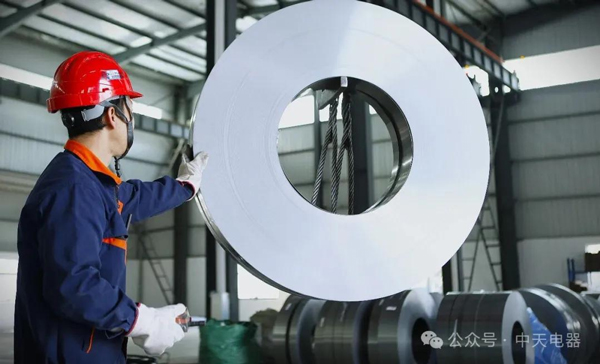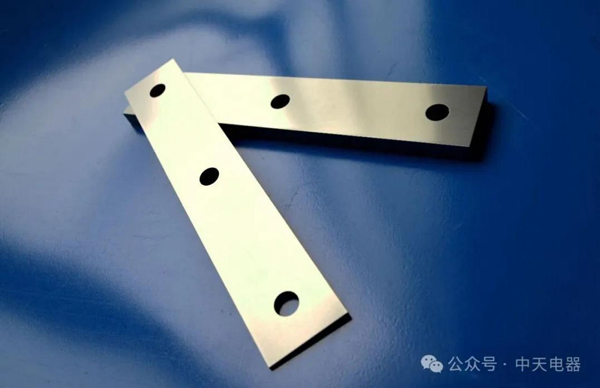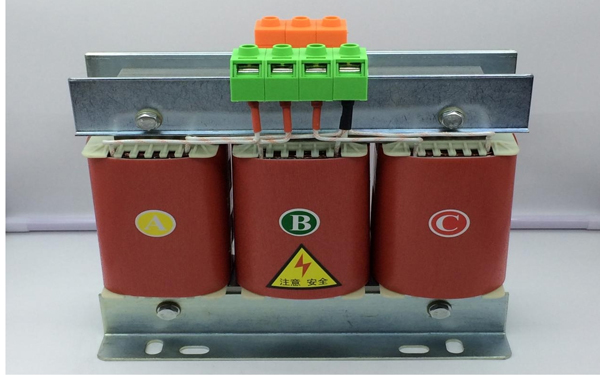1. Material Differences
Both transformer cores and reactor cores are made of laminated silicon steel sheets, but they use different silicon steel sheets. Transformer cores use silicon steel sheets with high magnetic permeability, while reactor cores use silicon steel sheets with low magnetic loss. This is because transformers need to transmit electrical energy, while reactors only suppress voltage and current fluctuations in the power system, resulting in different requirements.

2. Geometric Differences
The geometric shapes of transformer cores and reactor cores also differ. Transformer cores are typically rectangular or square-like in shape, with an opening in the center, resembling an “E” shape. This is because transformers need to transmit electrical energy, requiring a hollow center to facilitate winding the inductor coil. Reactor cores, on the other hand, are typically toroidal or rectangular in shape, without openings. This is because reactors only suppress voltage and current fluctuations in the power system and have no specific requirements for the coil shape.
![]()
3. Different Operating Methods
Transformers and reactors operate differently, and therefore require slightly different cores. Transformers convert high-voltage electricity into low-voltage electricity, requiring a strong magnetic field within their cores. Reactors, on the other hand, suppress voltage and current fluctuations in power systems, requiring a weak magnetic field within their cores. Therefore, the magnetic flux density of a reactor core is much lower than that of a transformer.

In summary, the differences between transformer and reactor cores primarily lie in their materials, geometry, and operating methods. Although both are constructed from laminated silicon steel sheets, differing design and application requirements necessitate different core shapes and materials.

